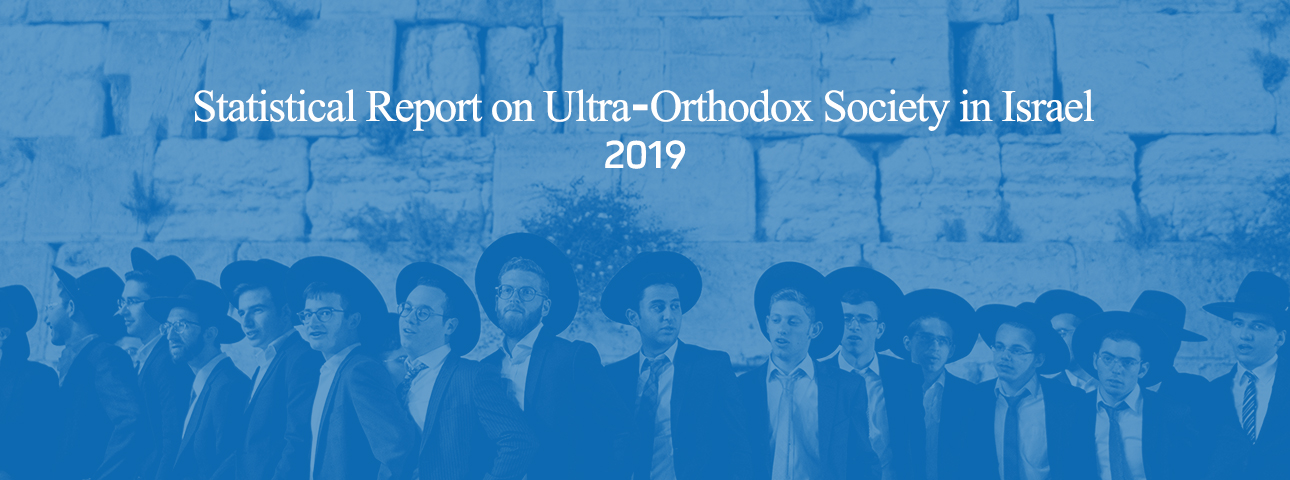IDI Releases 2019 Statistical Report on Haredi Society in Israel
The Israel Democracy Institute published its fourth annual Statistical Report on Ultra-Orthodox Society in Israel (2019) providing a snapshot of ultra-Orthodox in Israel today and an analysis of trends characterizing this community in recent decades in the key areas of demography, education, employment, and lifestyle.

Flash 90
The report serves as an important tool for the long-term planning of decision makers and for the formulation of policy geared to promoting the integration of the ultra-Orthodox into Israeli society while simultaneously respecting their desire to maintain their unique lifestyle.
Dr. Gilad Malach and Dr. Lee Cahaner, present a complex picture of the current situation: “We are witnessing the continued integration of members of ultra-Orthodox society into the Israeli mainstream as reflected in women’s participation in the workforce and in rising income levels, along with some degree of adoption of a middleclass lifestyle. But at the same time, the integration of ultra-Orthodox men into higher education frameworks and into the labor force has substantially slowed. This is apparently due to lack of the economic incentives that had previously spurred movement in this direction and the reinstitution of government allowances that discourage obtaining a higher education or joining the workforce.”
According to the report, employment among ultra-Orthodox men dropped from 52% in 2015 to 51% in 2018 (compared to 87% of other Jewish Israeli men). Among ultra-Orthodox women, however, employment rose from 71% in 2015 to 76% in 2018. Similarly, while the number of ultra-Orthodox students in higher education more than doubled over the past decade reaching 12.5% of this population; it slowed over the past two years with only 9% of Haredi men, and 12% of the women studied in higher education institutions.
Conversely, income among ultra-Orthodox, who make up 12% of Israeli society, increased by 10% to NIS 15,015 while among the rest of the Jewish population in only rose by 5% in this same time period. This closing of the gap with the rest of society can be seen in the use of technology as well. 49% of the adult ultra-Orthodox population –both men and women – reported using the internet. This is up from 28% in 2008. In a similar vein, while only 17% of the Haredim travelled abroad – in comparison with 52% of other Jewish Israelis – the figure for the ultra-Orthodox is up from 12% in 2013-14.
